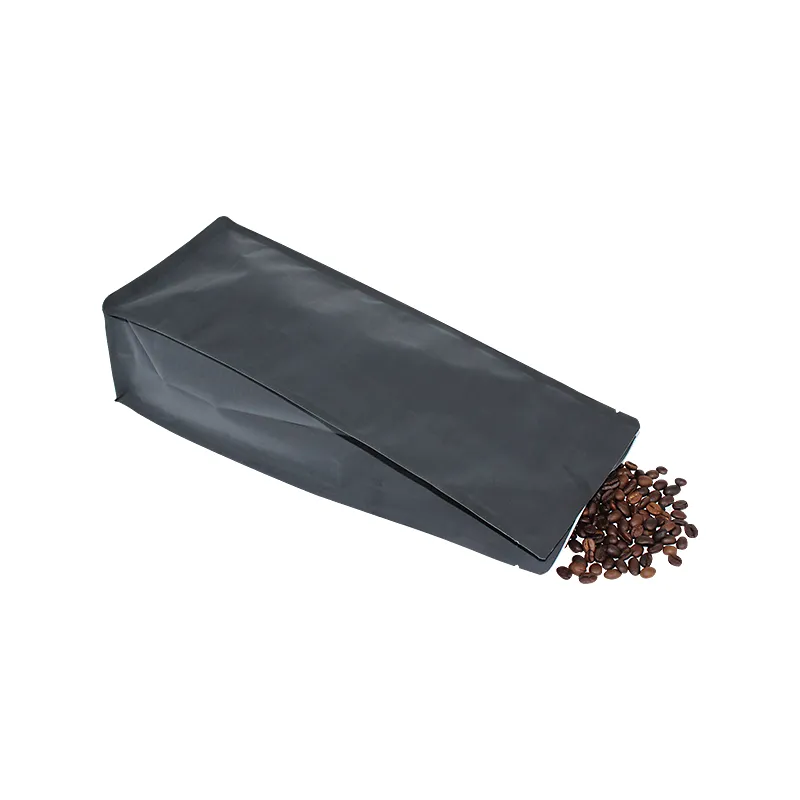- Afrikaans
- Albanian
- Amharic
- Arabic
- Armenian
- Azerbaijani
- Basque
- Belarusian
- Bengali
- Bosnian
- Bulgarian
- Catalan
- Cebuano
- chinese_simplified
- chinese_traditional
- Corsican
- Croatian
- Czech
- Danish
- Dutch
- English
- Esperanto
- Estonian
- Finnish
- French
- Frisian
- Galician
- Georgian
- German
- Greek
- Gujarati
- haitian_creole
- hausa
- hawaiian
- Hebrew
- Hindi
- Miao
- Hungarian
- Icelandic
- igbo
- Indonesian
- irish
- Italian
- Japanese
- Javanese
- Kannada
- kazakh
- Khmer
- Rwandese
- Korean
- Kurdish
- Kyrgyz
- Lao
- Latin
- Latvian
- Lithuanian
- Luxembourgish
- Macedonian
- Malgashi
- Malay
- Malayalam
- Maltese
- Maori
- Marathi
- Mongolian
- Myanmar
- Nepali
- Norwegian
- Norwegian
- Occitan
- Pashto
- Persian
- Polish
- Portuguese
- Punjabi
- Romanian
- Russian
- Samoan
- scottish-gaelic
- Serbian
- Sesotho
- Shona
- Sindhi
- Sinhala
- Slovak
- Slovenian
- Somali
- Spanish
- Sundanese
- Swahili
- Swedish
- Tagalog
- Tajik
- Tamil
- Tatar
- Telugu
- Thai
- Turkish
- Turkmen
- Ukrainian
- Urdu
- Uighur
- Uzbek
- Vietnamese
- Welsh
- Bantu
- Yiddish
- Yoruba
- Zulu
how big is a #10 can
How Big is a 10 Can?
When it comes to food storage and bulk purchasing, understanding the sizes of various containers is essential. A 10 can is one of the most common sizes used in the food service and food preservation industry. But just how big is a 10 can, and what can you expect in terms of its contents and uses?
Dimensions and Capacity
A 10 can typically measures about 7 inches in diameter and stands approximately 7.5 inches tall. This cylindrical container can hold about 6 pounds and 9 ounces of food. In terms of volume, a 10 can has a capacity of approximately 105 to 115 fluid ounces, or around 3.2 to 3.4 liters. The size is standardized in the United States, making it a familiar choice for commercial kitchens, restaurants, and households that often prepare bulk meals.
Contents of a 10 Can
The contents of a 10 can can vary widely; it may contain anything from fruits and vegetables to soups, beans, and even meats. The food is often preserved through canning processes, which allow it to have a long shelf life—up to 5 years or more under proper storage conditions. In practical terms, a 10 can is often used in institutional settings like schools and hospitals where large quantities of food are prepared at once.
For example, a 10 can of sliced peaches could yield roughly 12 servings, assuming each serving is about half a cup. A can of green beans might provide around 20 servings, as the beans often reduce in volume when cooked. This makes the 10 can a practical choice for anyone looking to stretch their food budget while minimizing preparation time.
Versatility in Uses
how big is a #10 can

The versatility of the 10 can makes it an invaluable tool in both commercial and home kitchens. For those in the catering business or anyone who loves to entertain, having a few 10 cans on hand can simplify the cooking process. Rather than purchasing smaller cans, which can be more costly and generate more waste, a 10 can allows for bulk preparation and reduced packaging.
Moreover, people who engage in food preservation often use 10 cans for storing their home-canned goods. While traditional canning often involves smaller jars, using larger cans can be efficient for items like sauces, soups, or stews that are produced in vast quantities.
Storage and Accessibility
Given the size and weight of a 10 can, considerations for storage should be taken into account. These cans should ideally be stored in a cool, dry place. When opened, the contents should be transferred to a more accessible container if not used all at once. Once opened, foods should generally be consumed within a week to ensure quality and safety.
For individuals and families who practice food stockpiling, a 10 can is a practical choice because it allows for larger quantities to be stored in a minimal amount of space. That translates to fewer trips to the grocery store and the ability to prepare for emergencies or extended periods without access to fresh food.
Conclusion
In summary, a 10 can is a large, versatile container ideal for bulk food storage. With its capacity of about 105 to 115 fluid ounces and potential to yield numerous servings, it caters to the needs of both commercial food service and home kitchens. Its prevalence in institutions and by family cooks alike underscores its practicality and usefulness. Whether you’re preparing for a large gathering, running a business, or simply stockpiling for the future, understanding the size and utility of a 10 can is vital for efficient kitchen management.













